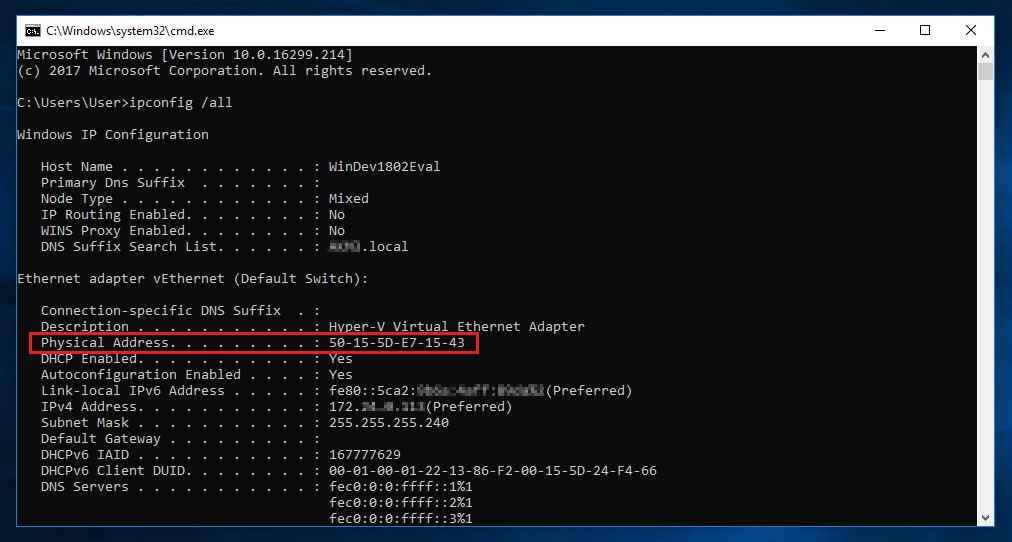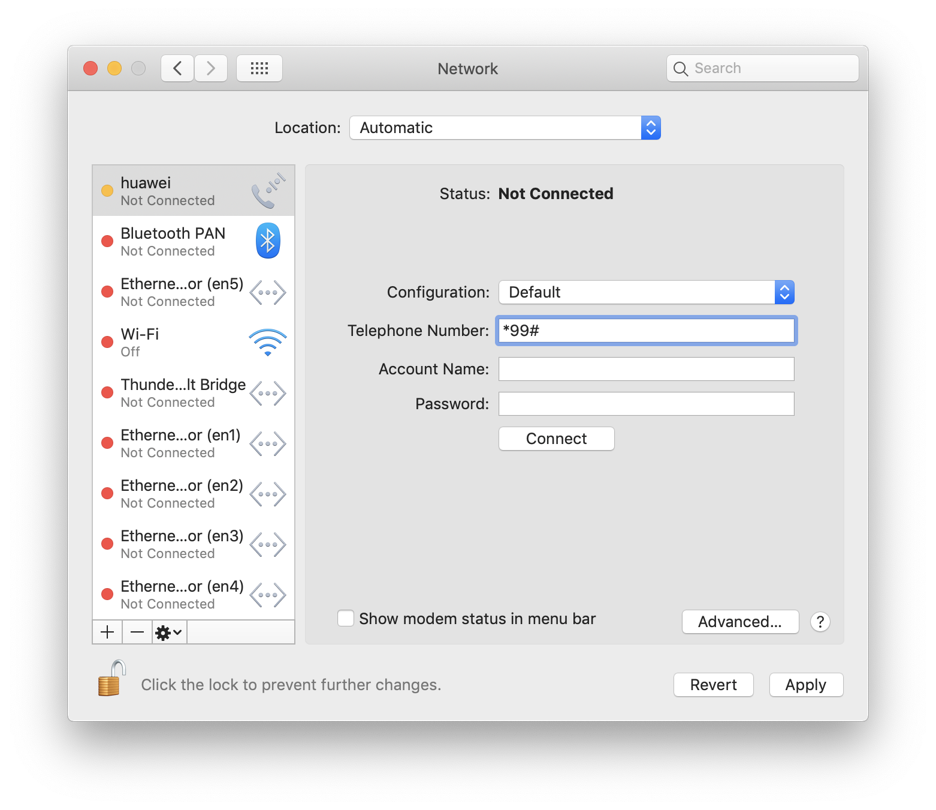


QuickTime doesn’t come with an AC-3 codec by default.
#A52CODEC FOR MAC MOVIE#
The maximum number of discrete (unencoded) channels you can send via the optical output is two channels, and that’s all you’ll get if you play a movie on a Mac with the optical wire plugged into your stereo, rather than the six channels you might expect In order to send six channels down the optical wire, it has to be encoded into a supported stream such as AC-3. Thing is, that optical output doesn’t appear as a six-channel output device on your Mac. So, you’d think that playing 5.1 sound would just be a case of connecting the optical output of your Mac to the optical input of your 5.1-savvy amp. Now, all new Macs come with some form of optical S/PDIF output – either a combined optical digital output/headphone out (minijack) for the MacBook, MacBook Pro, iMac and Mac Mini, or a dedicated optical output on the Mac Pro. Dolby Digital isn’t limited to 5.1 – but this is the most common use you’ll find. The extra “.1″ is a Low Frequency Effects (LFE) channel for a subwoofer. It has five channels for normal-range speakers: Center, Left Front, Right Front, Left Surround, and Right Surround. AC-3 is the format used for 5.1 Dolby Digital surround sound on DVDs. AC-3 is Dolby’s way of encoding several channels of audio into a stream which can be passed down an optical S/PDIF cable, and decoded at the other end by a suitable decoder (i.e. Dolby Digital AC3įirst up, a bit about AC-3, also known as Dolby Digital or A52. This makes me wonder about some not-yet-mentioned features of the upcoming AppleTV and its support for surround sound, and Apple’s approach of using 6-channel AAC audio instead of AC-3. I’ve been investigating 5.1 Dolby Digital playback on the Mac, and I’ve discovered some limitations with using 5.1 audio under QuickTime – especially when trying to output it to the Mac’s S/PDIF optical output.


 0 kommentar(er)
0 kommentar(er)
